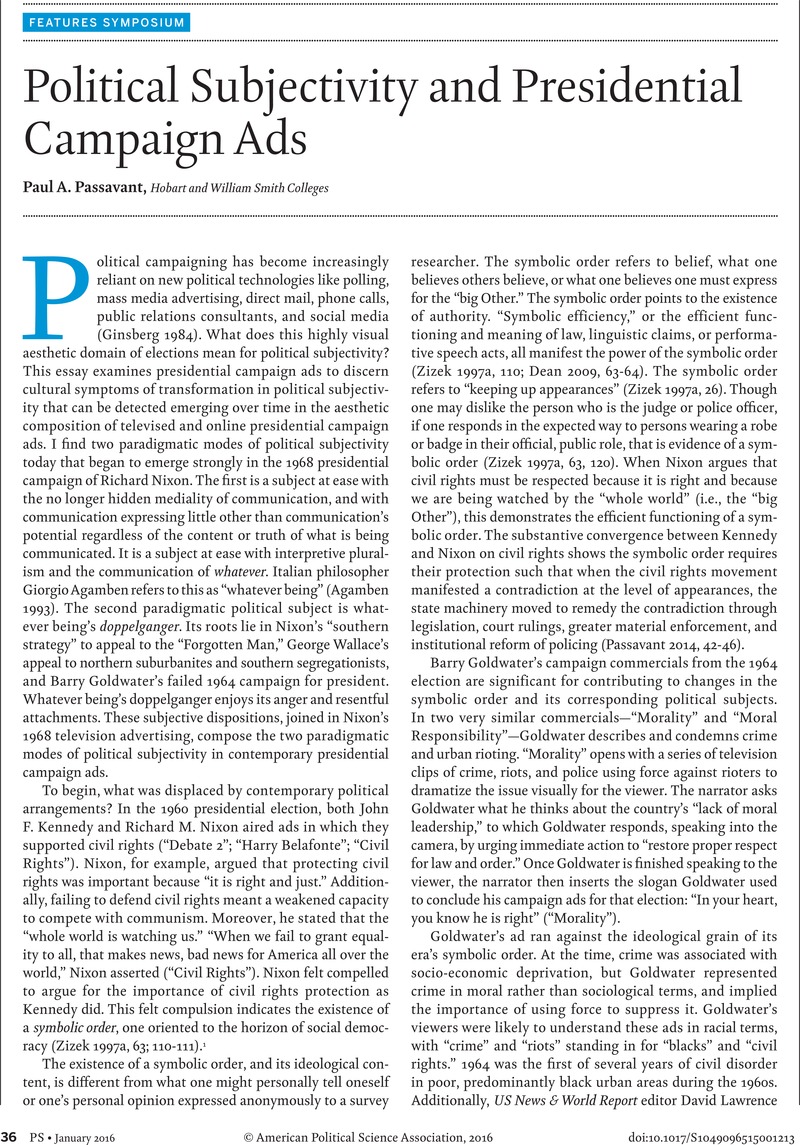Crossref Citations
This article has been cited by the following publications. This list is generated based on data provided by Crossref.
Mitchell, Charles L.
2016.
Does Changing Media Reality Likely Affect the Election of 2016?.
SSRN Electronic Journal,
Berezin, Mabel
2020.
The Absence of the Ordinary in 2020 Presidential Politics: What Politicians Communicate.
Sociological Forum,
Vol. 35,
Issue. 3,
p.
830.



